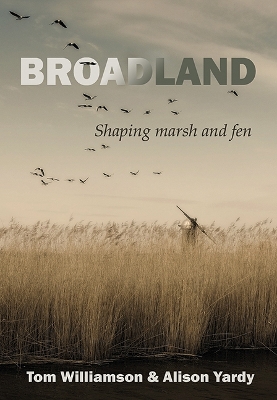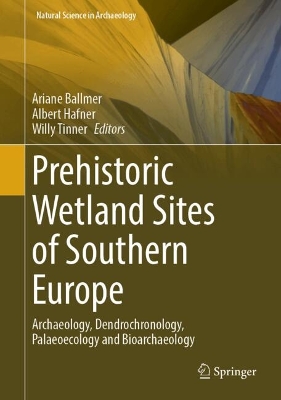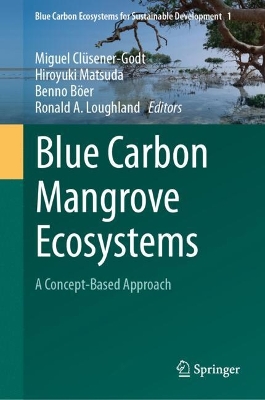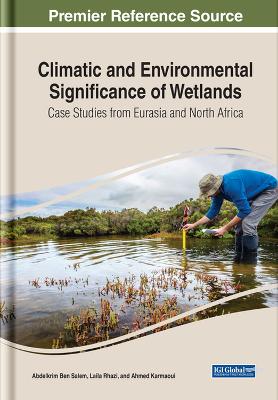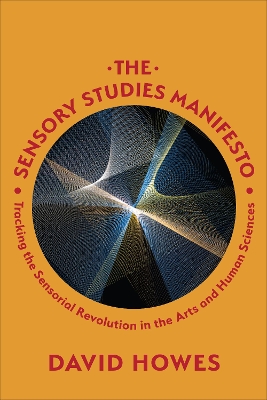Emerging Developments in Constructed Wetlands
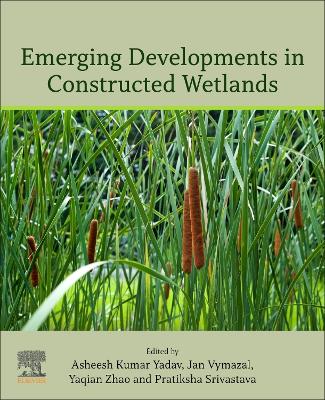 portes grátis
portes grátis
Emerging Developments in Constructed Wetlands
Srivastava, Pratiksha; Vymazal, Jan; Zhao, Yaqian; Yadav, Asheesh Kumar
Elsevier - Health Sciences Division
11/2024
800
Mole
9780443140785
Pré-lançamento - envio 15 a 20 dias após a sua edição
Descrição não disponível.
Section-I. New research experience with microbial assemblage, vegetation, substrate materials, pollutants, and wastewater 1. An overview of conventional and new approached in CWs, 2. Biofilms assemblages and biofilm formation in constructed wetlands and their role in the performance of CWs 3. An updated overview of plant species used in CWs 4. A global scenario of new substrates utilized in CWs 5. Role of animals in the function of constructed wetland for water environment protection 6. Fate of microplastics in constructed wetlands 7. Per- and polyfluoroalkyl substances treatment in constructed wetlands 8. Removal of priority substances and contaminants of emerging concern in CWs. 9. Emerging new techniques and tools for monitoring and analysis in constructed wetlands 10. Constructed wetlands for the treatment of cyanotoxins 11. Constructed wetlands for removing antibiotics and antibiotic resistance genes 12. Fate of metallic nanoparticles in constructed wetlands Section-II- Experience on New generation of constructed wetlands coupled with microbial electrochemical technologies 13. The emergence of constructed wetlands coupled with microbial electrochemical technology: historical development and the potential applications 14. Enhanced organic and nutrient pollutants in constructed wetlands coupled with microbial electrochemical technology 15. Large-scale implementation experience of constructed wetlands coupled with microbial electrochemical technology (METLAND system) 16. Biosensing of pollutants in constructed wetlands coupled with microbial electrochemical technology 17. Greenhouse gases emission control using constructed wetlands coupled with microbial electrochemical technology Section-III. New experiments with design, configuration, and layout 18. Modular and transportable constructed wetlands 19. Green wall and green roof constructed wetlands 20. New experiences to address the performance slowness in Constructed wetlands in a cold climate: some case studies 21. New Design and layout of floating wetlands 22. Evolution of constructed wetlands through modelling approaches 23. Stacking of multiple constructed wetlands units for enhanced treatment performance 24. Constructed wetlands based on Phytorid Technology for wastewater treatment application using lesser land footprint Section-IV. Performance Intensification of Constructed Wetlands 25. Aeration in constructed wetlands 26. Bioaugmentation in constructed wetlands for performance enhancement 27. French type CW-A way to intensify treatment performance 28. New experiences with traditional hybrid systems of two or more types of constructed wetlands 29. Hybridization of other technology with constructed wetlands for optimum performance 30. Full-scale verification of two-stage hybrid microalgal electroactive wetland-coupled anaerobic digestion-A case study 31. Biochar emended wetlands for enhanced pollutants treatment 32. New Designs and Operational strategies for intensification of treatment in CWs. Section-V. News Functions 33. Constructed wetlands in a new circular economy, resource-recovery oriented, and ecosystem services paradigm 34. Constructed wetlands as a Nature-based solution for wastewater valorization 35. A new role of wetlands in cities for water management in changing climate 36. Constructed wetland for wastewater treatment and?Salicornia?biomass production for JET fuel production 37. Secondary economic valuable functions of constructed wetlands beyond wastewater treatment
Este título pertence ao(s) assunto(s) indicados(s). Para ver outros títulos clique no assunto desejado.
Constructed wetlands; Nature-based Solutions; Wastewater treatment; Emerging pollutants; Climate change; electroactive wetlands; Microbial electrochemical technology; Nutrient removal
Section-I. New research experience with microbial assemblage, vegetation, substrate materials, pollutants, and wastewater 1. An overview of conventional and new approached in CWs, 2. Biofilms assemblages and biofilm formation in constructed wetlands and their role in the performance of CWs 3. An updated overview of plant species used in CWs 4. A global scenario of new substrates utilized in CWs 5. Role of animals in the function of constructed wetland for water environment protection 6. Fate of microplastics in constructed wetlands 7. Per- and polyfluoroalkyl substances treatment in constructed wetlands 8. Removal of priority substances and contaminants of emerging concern in CWs. 9. Emerging new techniques and tools for monitoring and analysis in constructed wetlands 10. Constructed wetlands for the treatment of cyanotoxins 11. Constructed wetlands for removing antibiotics and antibiotic resistance genes 12. Fate of metallic nanoparticles in constructed wetlands Section-II- Experience on New generation of constructed wetlands coupled with microbial electrochemical technologies 13. The emergence of constructed wetlands coupled with microbial electrochemical technology: historical development and the potential applications 14. Enhanced organic and nutrient pollutants in constructed wetlands coupled with microbial electrochemical technology 15. Large-scale implementation experience of constructed wetlands coupled with microbial electrochemical technology (METLAND system) 16. Biosensing of pollutants in constructed wetlands coupled with microbial electrochemical technology 17. Greenhouse gases emission control using constructed wetlands coupled with microbial electrochemical technology Section-III. New experiments with design, configuration, and layout 18. Modular and transportable constructed wetlands 19. Green wall and green roof constructed wetlands 20. New experiences to address the performance slowness in Constructed wetlands in a cold climate: some case studies 21. New Design and layout of floating wetlands 22. Evolution of constructed wetlands through modelling approaches 23. Stacking of multiple constructed wetlands units for enhanced treatment performance 24. Constructed wetlands based on Phytorid Technology for wastewater treatment application using lesser land footprint Section-IV. Performance Intensification of Constructed Wetlands 25. Aeration in constructed wetlands 26. Bioaugmentation in constructed wetlands for performance enhancement 27. French type CW-A way to intensify treatment performance 28. New experiences with traditional hybrid systems of two or more types of constructed wetlands 29. Hybridization of other technology with constructed wetlands for optimum performance 30. Full-scale verification of two-stage hybrid microalgal electroactive wetland-coupled anaerobic digestion-A case study 31. Biochar emended wetlands for enhanced pollutants treatment 32. New Designs and Operational strategies for intensification of treatment in CWs. Section-V. News Functions 33. Constructed wetlands in a new circular economy, resource-recovery oriented, and ecosystem services paradigm 34. Constructed wetlands as a Nature-based solution for wastewater valorization 35. A new role of wetlands in cities for water management in changing climate 36. Constructed wetland for wastewater treatment and?Salicornia?biomass production for JET fuel production 37. Secondary economic valuable functions of constructed wetlands beyond wastewater treatment
Este título pertence ao(s) assunto(s) indicados(s). Para ver outros títulos clique no assunto desejado.

